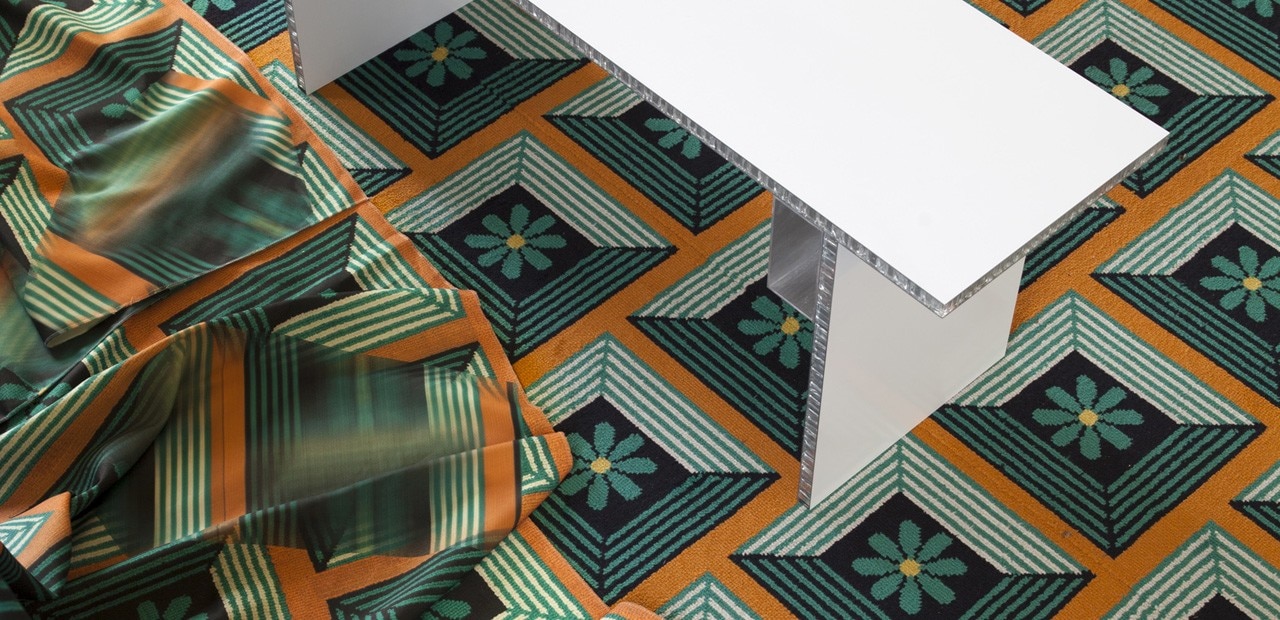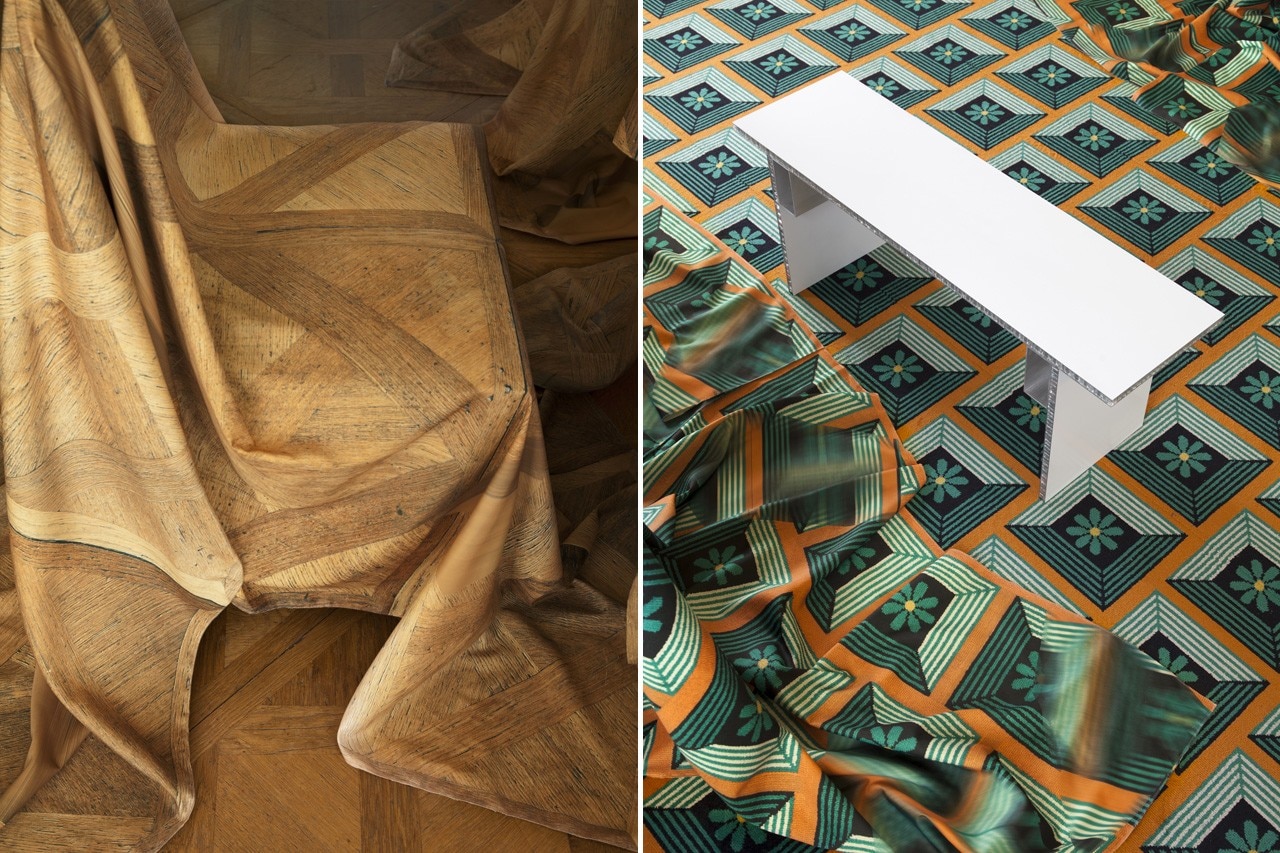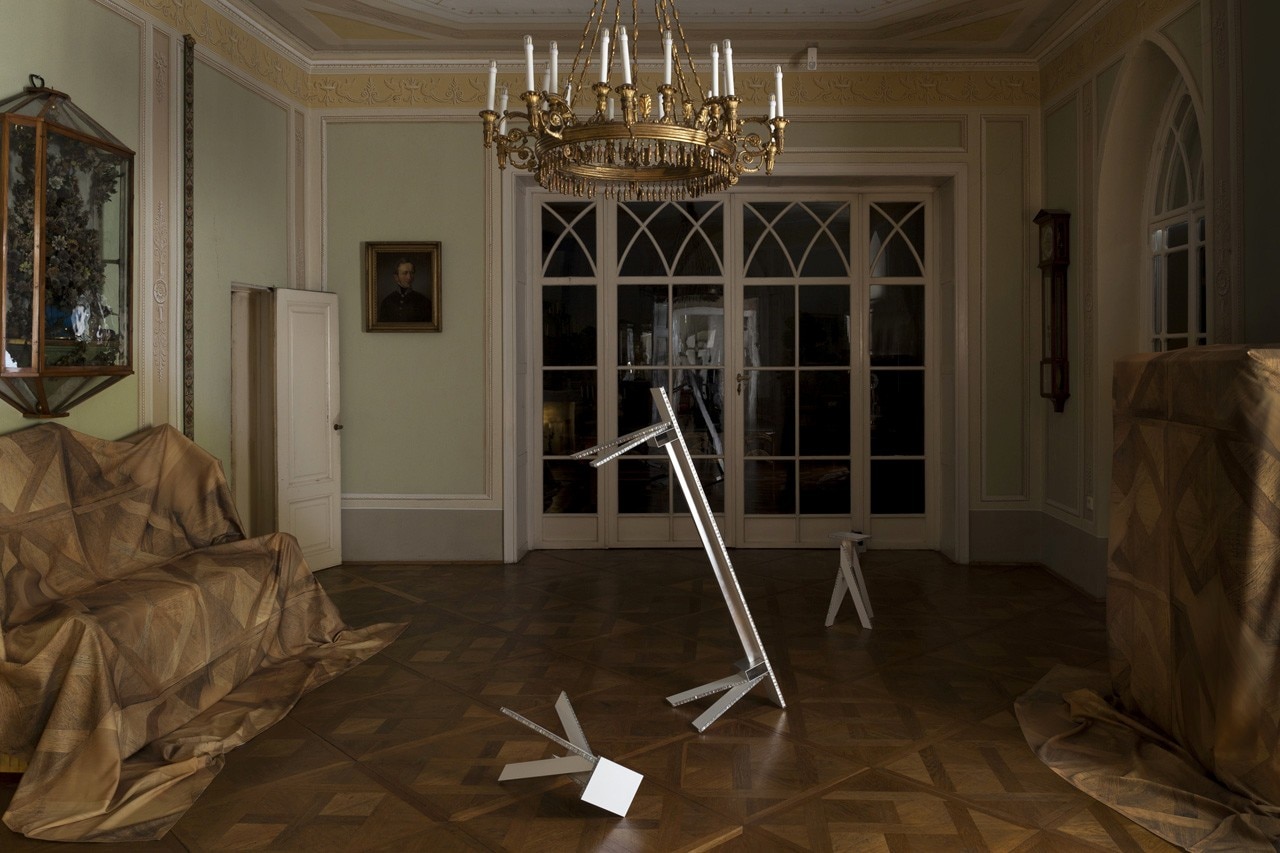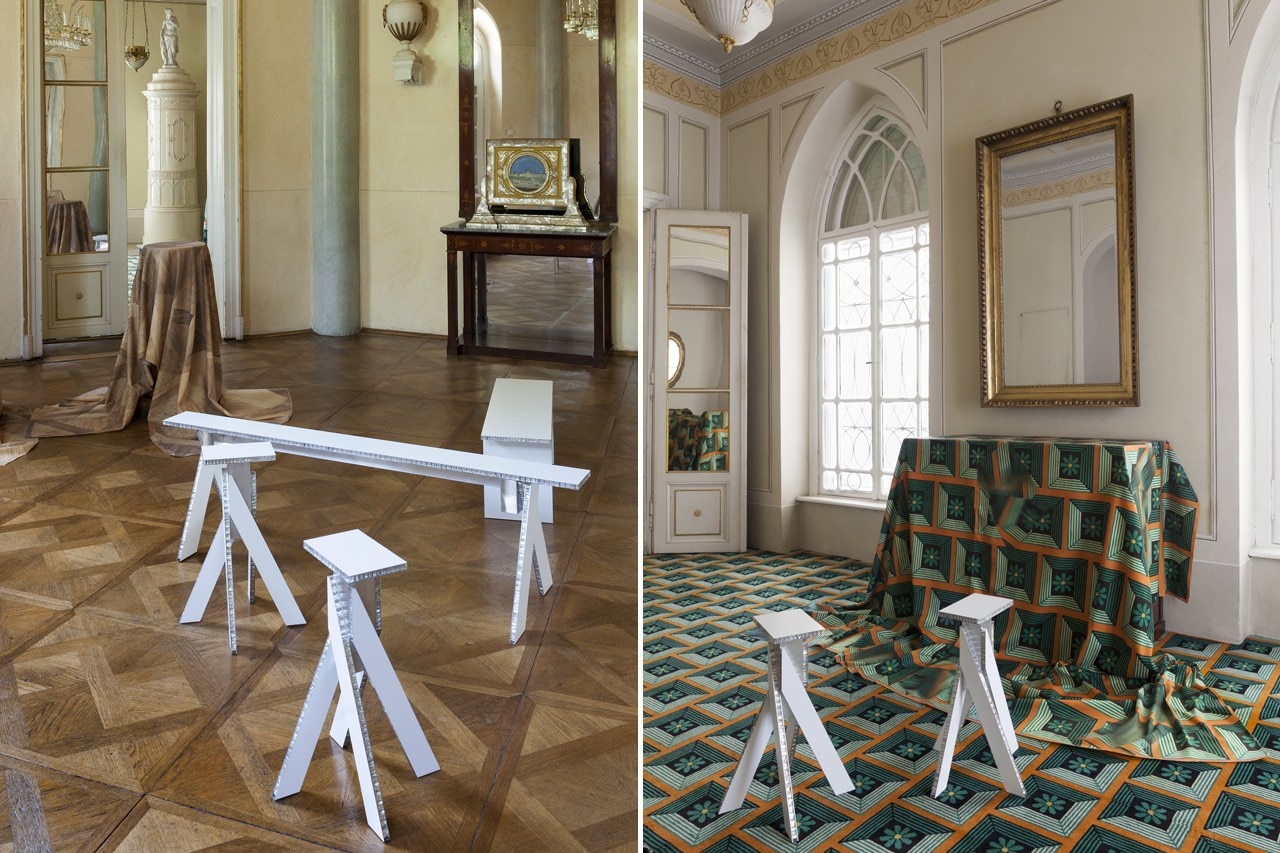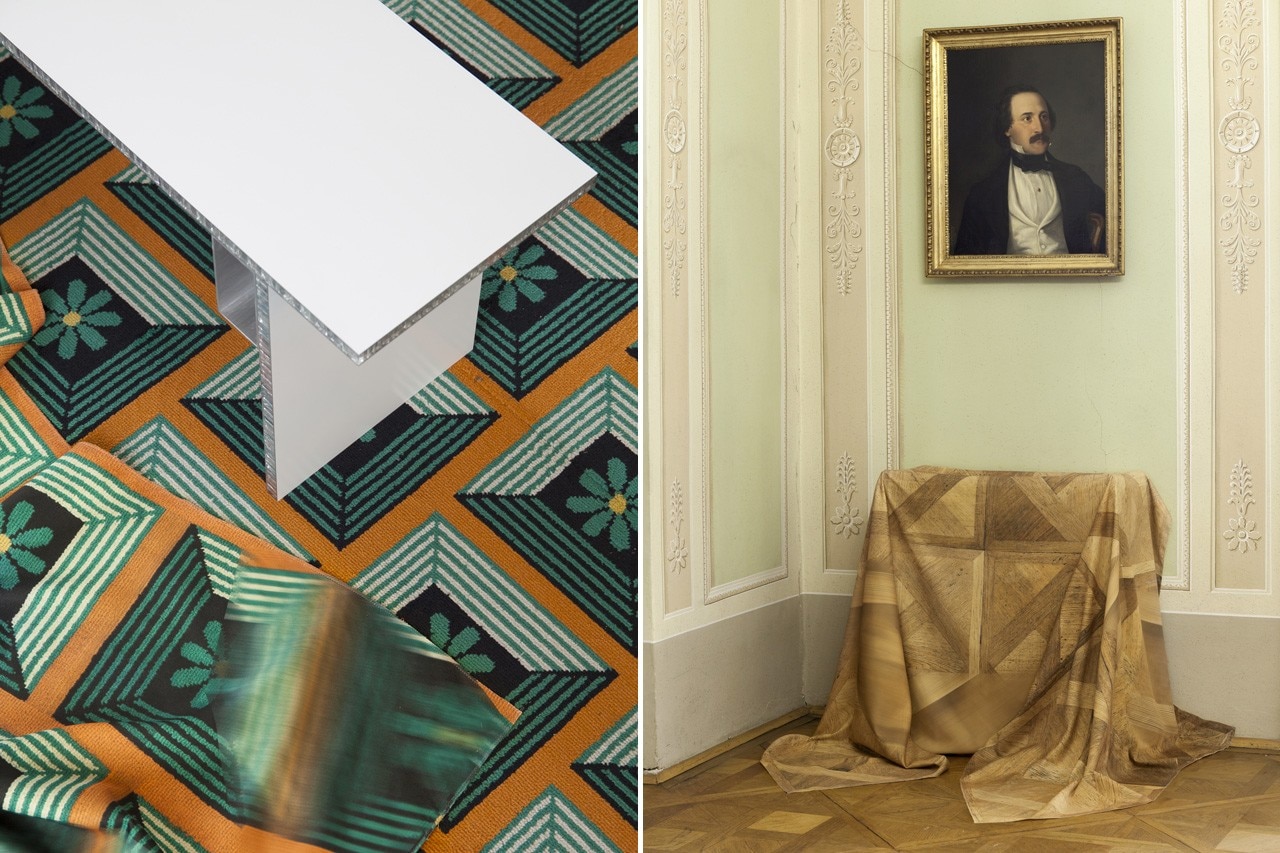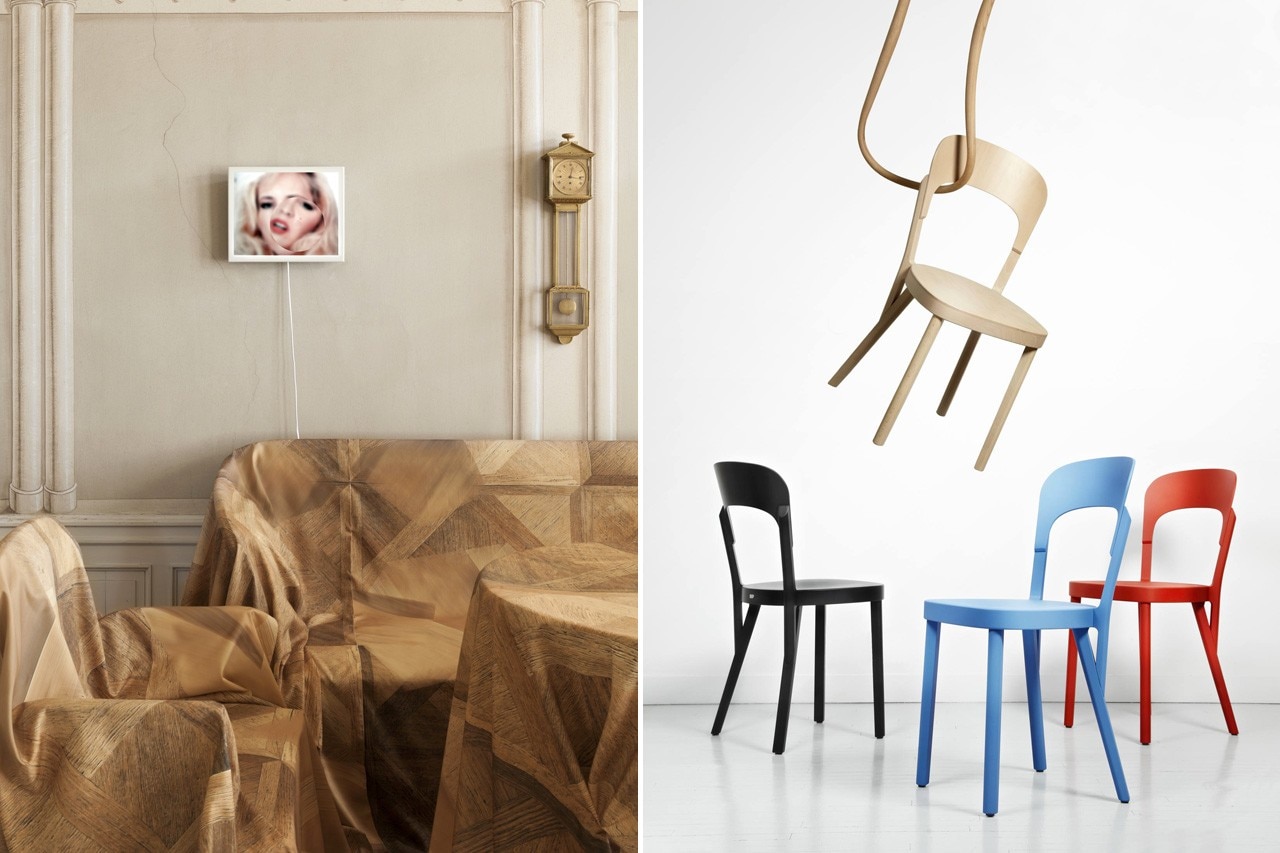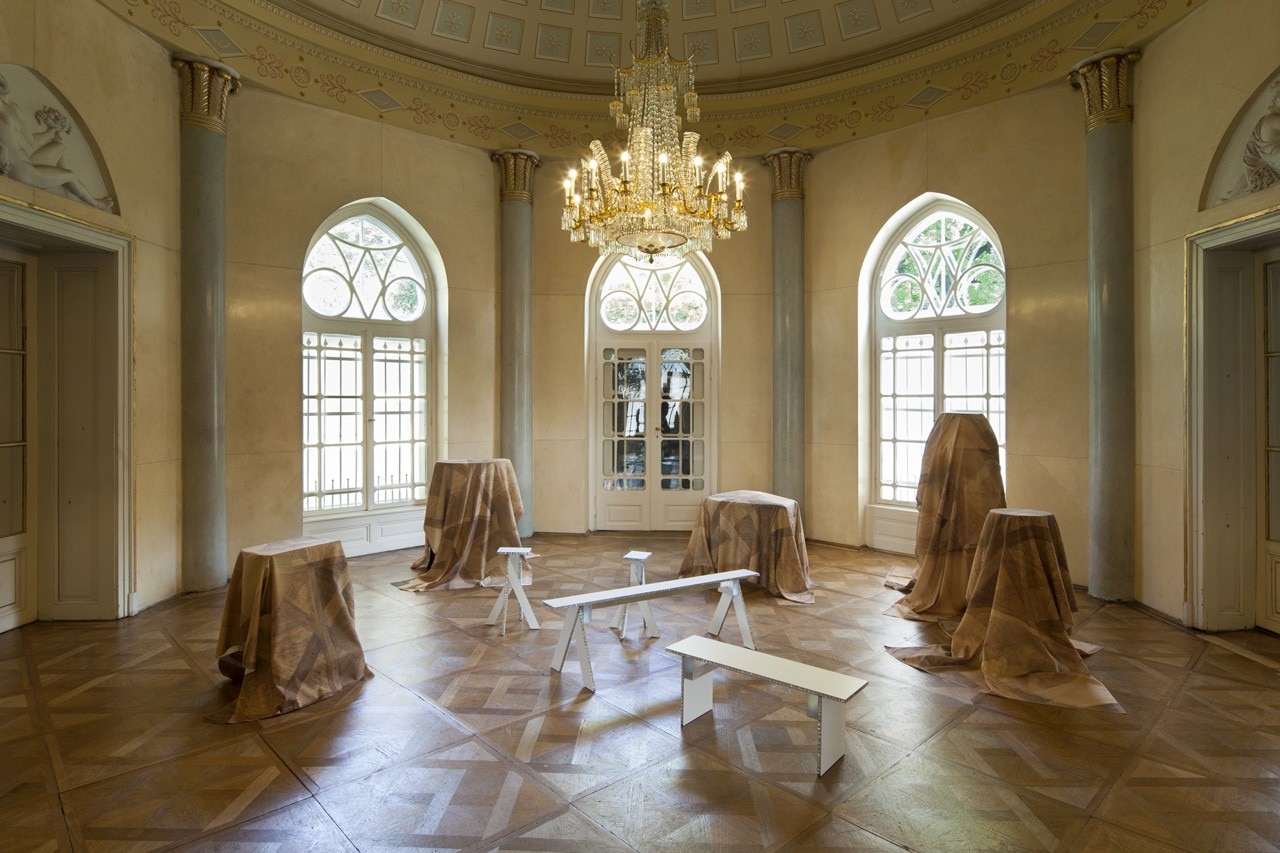
Stadler’s spatial narrations are reminiscent of French New Wave cinema, a version of auteur filmmaking – primarily represented by figures such as Jean-Luc Godard and François Truffaut – that bears the director’s mark and forms part of their oeuvre.
The Biedermeier lifestyle – which in contrast to 18th century aristocratic villas united several functions in one room, such as eating, reading, and playing music – interacts with the present day in Stadler’s new arrangement of the rooms, each of which bears the unmistakable creative signature of the designer himself.
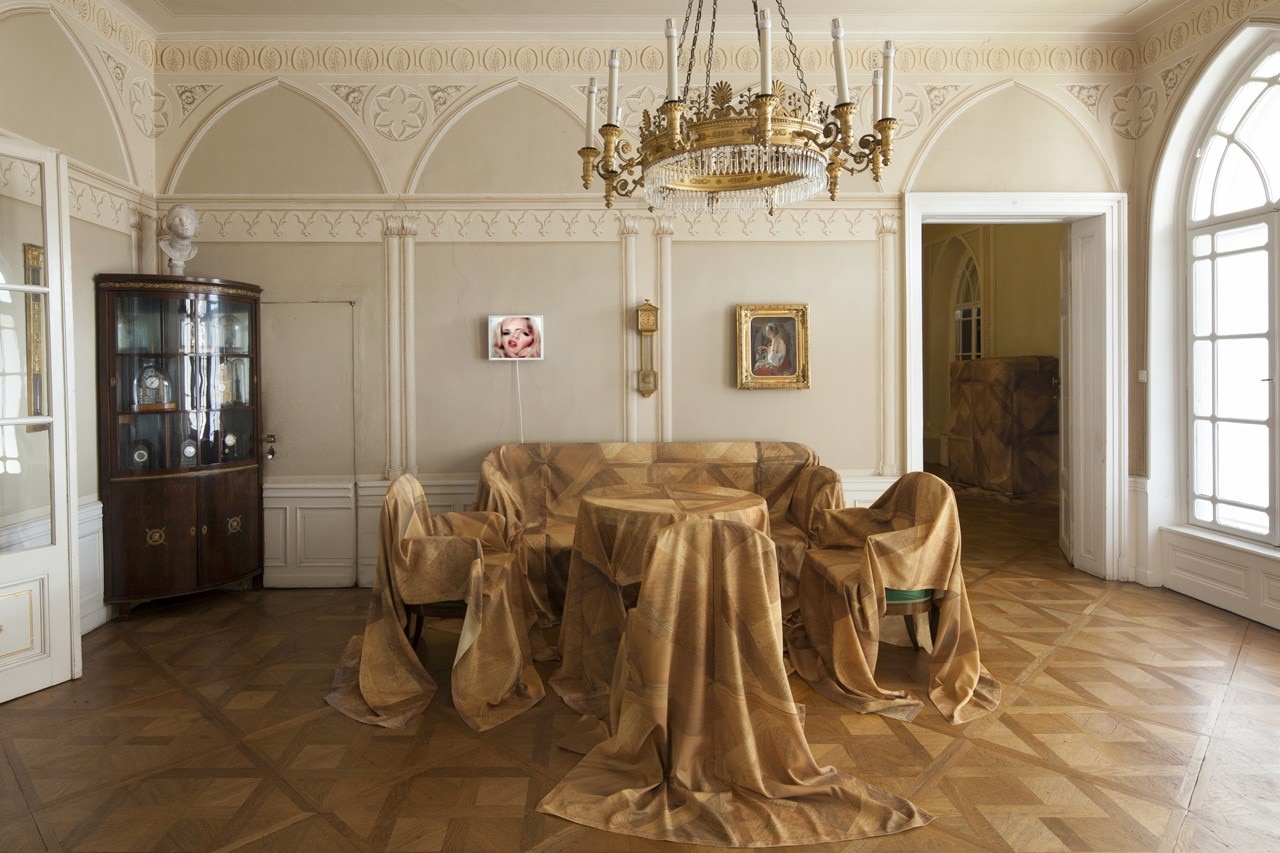
Stadler contrasts the summer residence’s bourgeois furnishings with simple pieces of furniture from rustic cottages like stools and benches, “whose multifunctional, reductive, and mobile design can be interpreted as a precursor to Biedermeier furniture,” says the designer. Provocatively blending into the setting, the stools Aymeric (2014) and the benches Cora and Dora (2014) can be interpreted as “work furniture,” for example.
In keeping with the period’s contemporarily crafted materials, they were produced using an aluminum honeycomb sandwich panel, and seem to suit country life just as well as the Biedermeier period or the present day.
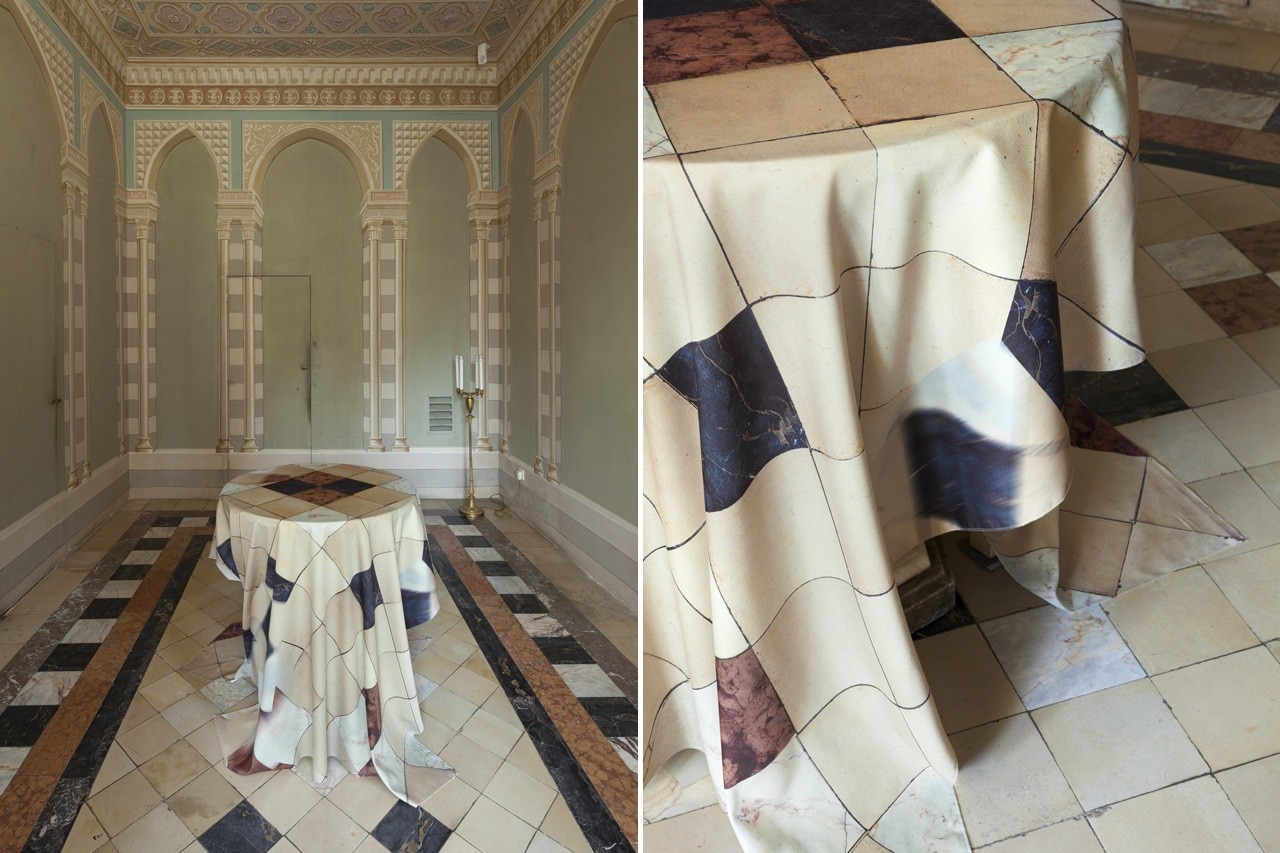
Developed in collaboration with the long-standing Austrian textile company Backhausen and inspired by the Geymullerschlössel itself, Stadler’s collection of textile designs called Fantome (2014) are reminiscent of magical invisibility cloaks.
The digitally printed fabrics imitate the pattern of the parquet, carpeted, or stone floors in each of the rooms. “Distortions can be discerned in the patterns, similar to what you see when you use Google Earth and an image hasn’t finished loading. It results in a freeze effect, which addresses the endless period of absence in the currently unoccupied Geymullerschlössel,” says Stadler of his textile throws.
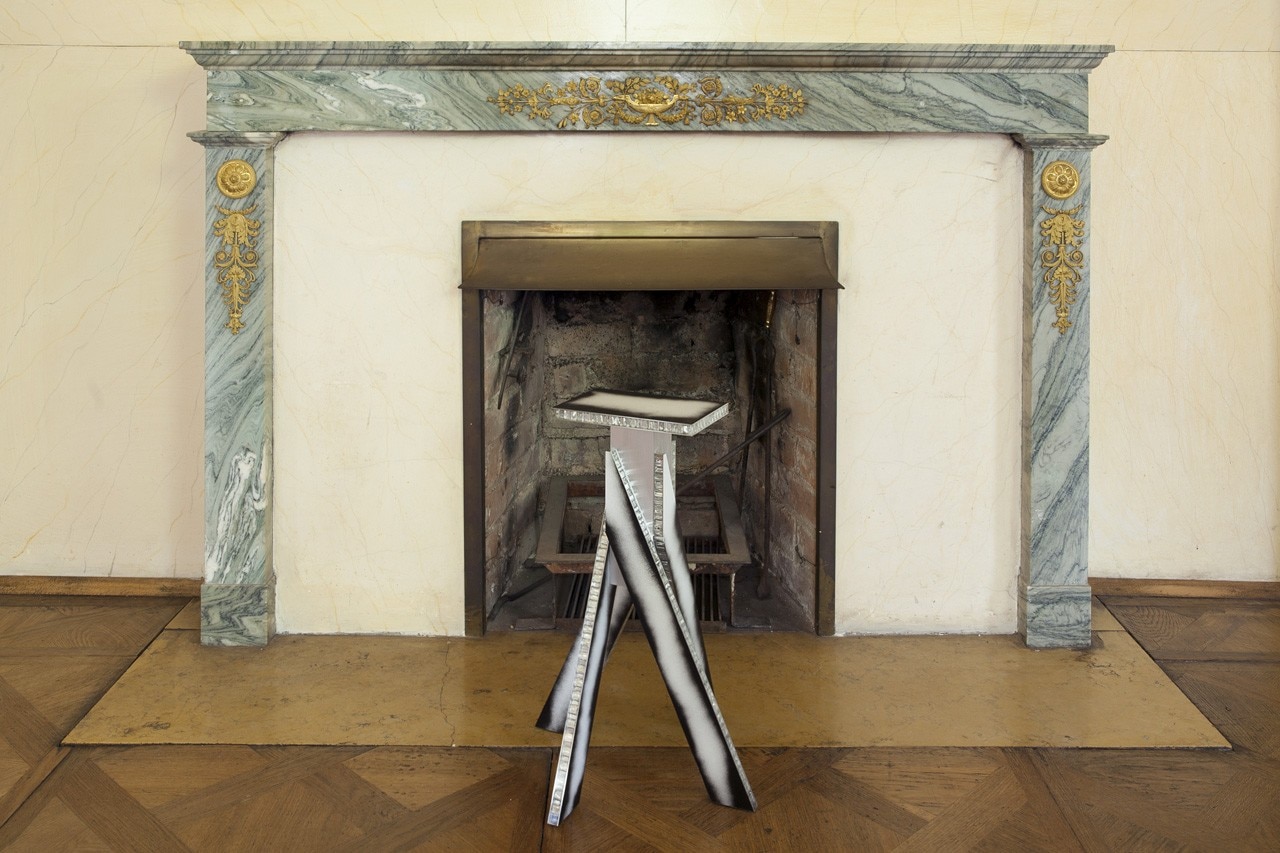
until November 30, 2014
Robert Stadler
Back in 5 min
Mak Design Salon #03
MAK Branch Geymullerschlössel
Pötzleinsdorferstraße 102, Vienna


